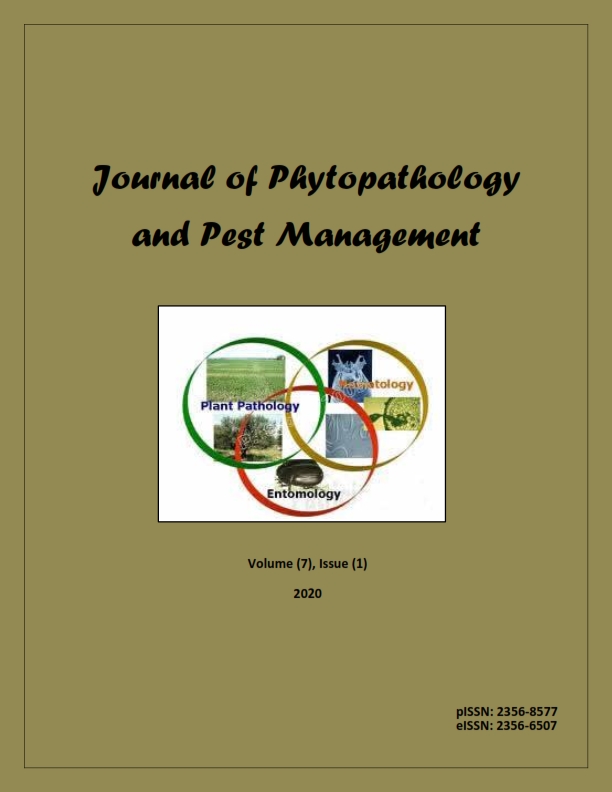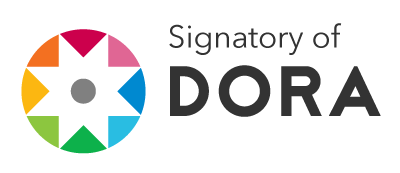Evaluation of different chemicals to control Erysiphe betae the causal pathogen of sugar beet powdery mildew
Abstract
Survey on sugar beet plantations at Minia and Assiut governorates, Egypt revealed that powdery mildew disease was the most epidemic threat on sugar beet plantations. It was noticed that the highest Area Under Powdery Mildew Progress Curve (AUPMPC) value was detected in Abnob locality, Assiut governorate while the lowest one was found in Maghagha locality, Minia governorate. Data revealed that five months’ post collection conidia of Erysiphe betae failed to infect sugar beet leaves cultivar FD.0807. Results of conidial germination showed that the percent germination in darkness was lower than in light. Also a high percentage of germinating conidia formed appressorium on dry glass slides. The examination of powdery mildew infected sugar beet leaves using scanning electron microscopy showed that the fungus penetrates the epidermis of the leaves by the haustoria which are folded in many patches forming a complex web almost completely covers the leaf. Field experiment was conducted to evaluate three chemical compounds containing plant macronutrients, along with five fungicides against powdery mildew disease. Results showed that sodium bicarbonate achieved the best disease control among the macronutrient-containing compounds followed by calcium chloride and potassium silicate, respectively. Sodium bicarbonate achieved the highest total soluble solids (TSS) percentage and root weight at all rates of application followed by calcium chloride, while potassium silicate achieved the least TSS % and root weight. Concerning fungicides, Bellis 38%WG gave noticeable result in disease reduction followed by Collis 30% SC and Tilt 25% EC, respectively. The results showed that the highest TSS % and root weight were detected in the roots of sugar beet plants treated with Bellis 38% fungicide followed by Collis 30%. Meanwhile, the lowest significant of TSS % and root weight was detected after treatment with Permatrol 99%.
Metrics
Published
How to Cite
Issue
Section
License
Authors who publish with Journal of Phytopathology and Disease Management agree to the following terms:
- Authors retain copyright and grant the journal right of first publication with the work simultaneously licensed under a Creative Commons Attribution License that allows others to share the work with an acknowledgement of the work's authorship and initial publication in this journal.
- Authors retain copyright and grant the journal right of first publication with the work simultaneously licensed under the Creative Commons Attribution-Non Commercial License (CC BY-NC). This allows others to share the work with an acknowledgement of the work's authorship and initial publication in this journal.
- Archives of Agricultural Sciences Journal is an Open Access Journal, and articles published are distributed under the terms of the Creative Commons Attribution-Non Commercial License (CC BY-NC). Readers may copy, distribute, and display the work for non commercial purposes with the proper citation of the original work. However, the journal retains the right to exploit subsidiary rights on behalf of the authors.
- Authors are able to enter into separate, additional contractural arrangements for the non-exclusive distribution of the journal's published version of the work (e.g. post it to an institutional repository or publish it in a book), with an acknowledgement of its initial publication in this journal.
- Authors are permitted and encouraged to post their work online (e.g., in institutional repositories or on their website) prior to and during the submission process with full disclosure to the journal, as it can lead to productive exchanges, as well as earlier and greater citation of published work. Following publication in Archives of Agricultural Sciences Journal, the author should update the repository, and include a citation and link to the published work.
Click here for more information on Licensing policy

.png)




